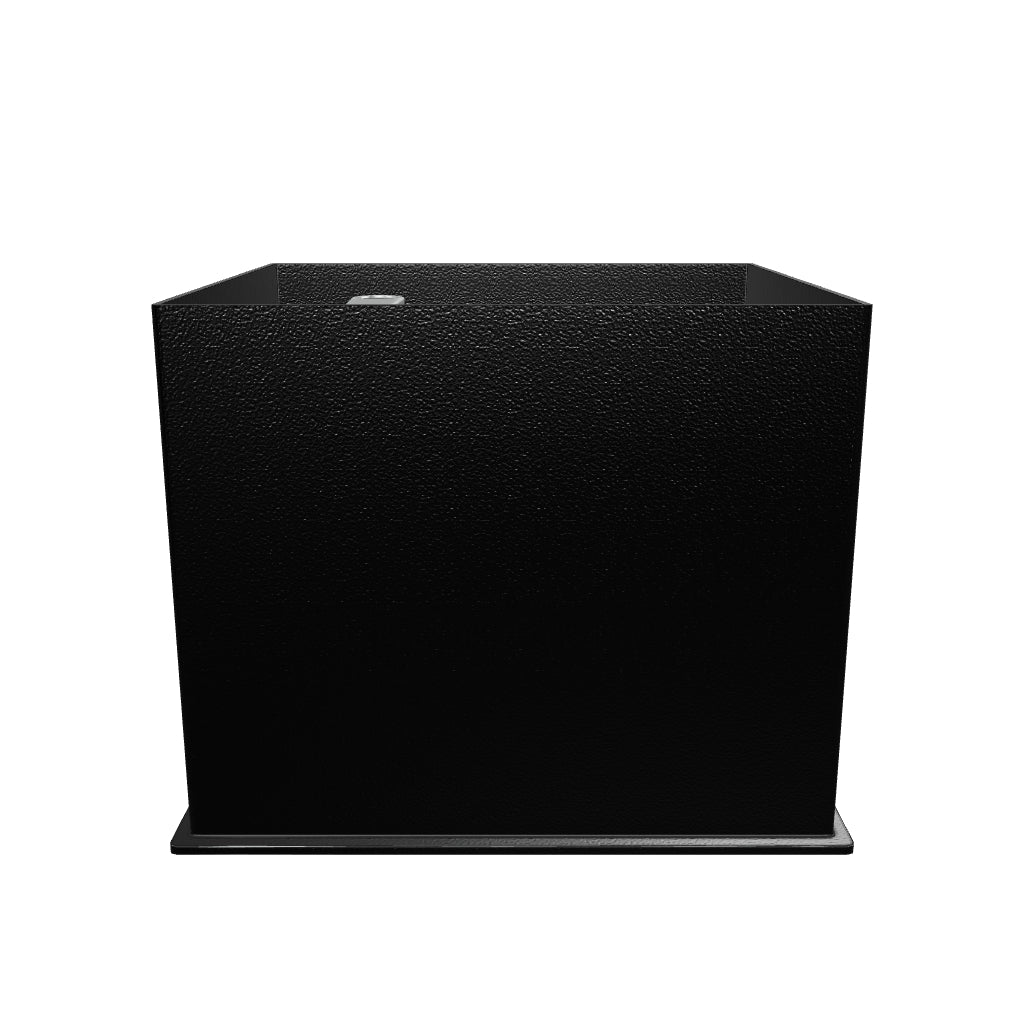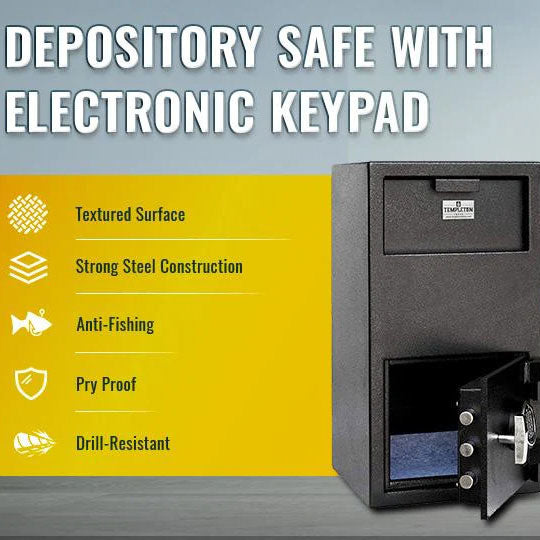Biometric vs. Traditional Locks: Which Safe Locking Mechanism Is Right for You?
What Are Safe Lock Mechanisms?
Safe lock mechanisms are the systems that control access to the contents inside a safe. They range from old-school manual locks to high-tech digital and biometric systems. The main types include:
- Biometric locks (fingerprint or retina scans)
- Electronic/digital keypads
- Mechanical combination dials
- Key locks
- Dual or redundant lock systems
Each one has its own strengths, weaknesses, and ideal use cases. Let’s dive into the two main categories that most people are deciding between today: biometric and traditional locks.
Biometric Safe Lock Mechanisms: A Quick Overview
Biometric locks use your body’s unique traits—typically your fingerprint or retina scan—to grant access to the safe. These are among the most high-tech safe lock mechanisms available on the market.
🔐 Pros of Biometric Locks
1. Speed and Convenience
With a biometric lock, there’s no fumbling for a key or trying to remember a code. You just press your finger on the scanner and you’re in. This can be a huge advantage in an emergency.
2. No Need for Keys or Codes
You don’t need to carry or store anything—your fingerprint is always with you. That means no worries about losing a key or forgetting a combination.
3. Limited Access Control
Many biometric safes let you store multiple fingerprints. This means you can give access to trusted family members or employees and revoke it at any time.
4. Added Security
It’s nearly impossible to replicate a fingerprint or retina scan. That makes biometric locks more secure against common forms of tampering and unauthorized access.
⚠️ Cons of Biometric Locks
1. Reliance on Power
Biometric locks typically need batteries or a power supply. If the battery dies and you don’t have a backup key or code, you could be locked out.
2. Sensor Errors
Some fingerprint scanners can have trouble recognizing prints if your finger is wet, dirty, or injured. Quality varies between models, so always read reviews.
3. Cost
Biometric safes usually cost more than their traditional counterparts. You're paying for speed and advanced tech—but is it worth it?
Traditional Safe Lock Mechanisms: Tried and True
Traditional locks include mechanical dials, key locks, and electronic keypads. These have been around for decades and are still used in homes, businesses, and institutions across the globe.
🔐 Pros of Traditional Locks
1. Simplicity
Mechanical combination dials don’t need batteries. As long as you remember the combination, you’re good to go—even during a blackout.
2. Affordability
If you're on a budget, a traditional safe is often more affordable. You can get reliable protection without investing in advanced tech.
3. Proven Reliability
These systems have stood the test of time. Key locks and dial combinations may not be flashy, but they’re durable and trusted.
4. Digital Options Without Biometrics
Electronic keypads strike a nice balance between traditional and modern. They're quick, easy to program, and usually allow multiple user codes.
⚠️ Cons of Traditional Locks
1. Inconvenience
Keys can be lost, and combinations forgotten. In high-pressure situations, like a fire or break-in, traditional locks can slow you down.
2. No Access Control
Unlike biometric safes, traditional locks don’t let you control or track who opens the safe. You can’t just “unshare” a code or key.
3. Wear and Tear
Mechanical components can wear out over time. Keys can bend, dials can stick, and electronic keypads can eventually fail without proper maintenance.
Biometric vs. Traditional: Which One Is Right for You?
Now that we’ve laid out the strengths and weaknesses, let’s compare safe lock mechanisms side-by-side to help you make the right call.
| Feature | Biometric Lock | Traditional Lock (Dial/Keypad) |
|---|---|---|
| Speed | Instant access | Slower (enter code/turn dial) |
| Ease of Use | Extremely user-friendly | Moderate to high |
| Security | Very high (hard to replicate) | High (but keys/codes can be shared) |
| Power Requirement | Yes (batteries/electricity) | Usually no (unless digital) |
| Cost | Higher upfront cost | Lower to moderate |
| Emergency Access | May require backup method | Manual options always available |
When Should You Choose a Biometric Safe?
Biometric locks are ideal if:
- You want fast access in an emergency (like for a firearm or emergency documents).
- You’re managing access for multiple people (home, office, or shared safe).
- You prefer not to carry keys or remember codes.
- You’re willing to invest in convenience and high-tech security.
They’re especially popular among gun owners, parents, and modern home security enthusiasts.
When Should You Stick with a Traditional Lock?
Traditional locks are a better fit if:
- You prefer no-battery, no-hassle options.
- You need a safe in an area without consistent power.
- You're looking for something durable, time-tested, and budget-friendly.
- You don’t need to share access often.
They’re popular for basic home use, safe deposit boxes, and long-term document storage.
Bonus Tip: Consider a Hybrid Safe Lock Mechanism
Can’t decide? You don’t always have to choose just one.
Some safes now offer dual locking mechanisms, like a biometric scanner plus a keypad or key backup. These hybrid safes give you the best of both worlds—convenience and emergency backup—so you're never locked out when it matters most.
Final Thoughts: The Best Safe Lock Mechanism Is the One That Fits Your Lifestyle
Choosing the right safe locking mechanism comes down to how you use your safe. Do you need quick access, high-tech convenience, or something that works no matter what?
Here’s the bottom line:
- Go biometric for fast, modern, and personalized security.
- Stick with traditional for affordable, no-fuss protection.
- Or meet in the middle with a hybrid solution.
Still not sure? Check out the options at Templeton Safes for a wide selection of secure, high-quality safes with various lock mechanisms. Whether you’re upgrading home security or buying your first safe, they’ve got something that fits your needs—and your budget.






























